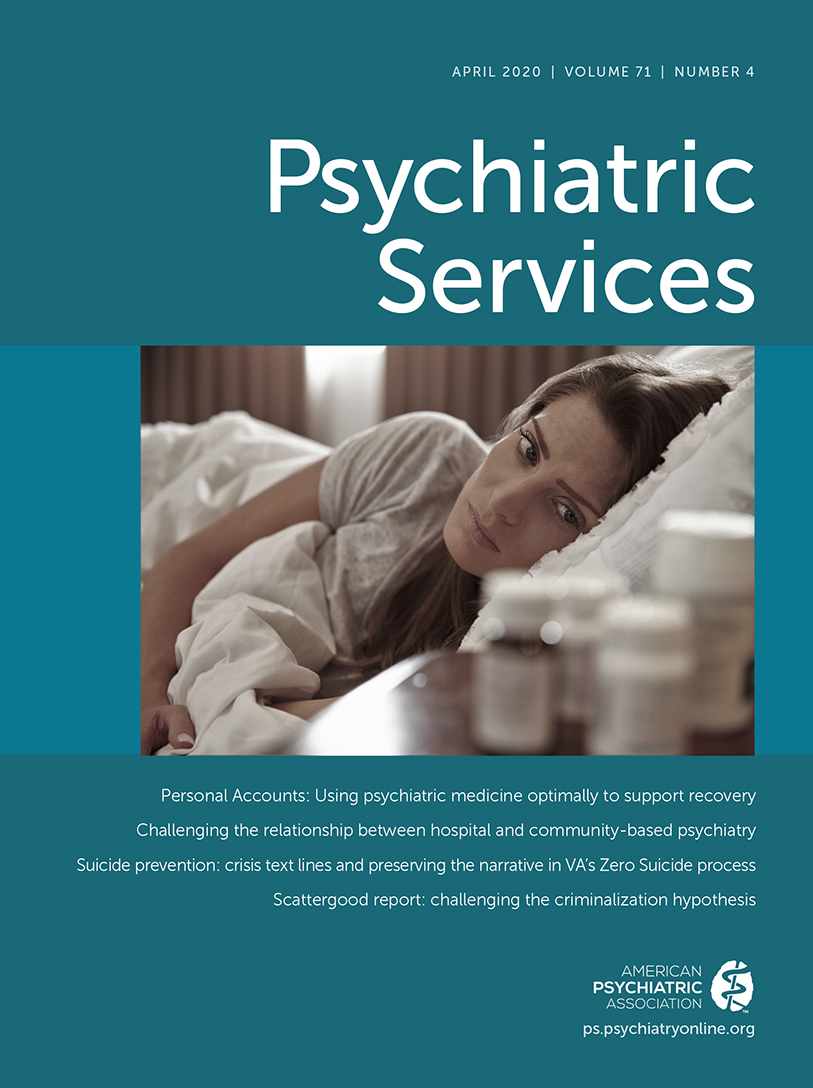Primary Care Physician Referral Patterns for Behavioral Health Diagnoses
Abstract
Objective:
This study examined whether visits to primary care physicians (PCPs) by patients with a primary behavioral health diagnosis were more likely to be associated with referral to another physician and if so, whether the association varied by clinical condition.
Methods:
Using PCP visits (N=577,719,897) from the 2011–2015 National Ambulatory Medical Care Survey, the authors estimated logistic regression models of whether the probability of a referral differed between visits with and without a primary behavioral health diagnosis.
Results:
Visits with primary behavioral health diagnoses were 4.3 percentage points (p<0.05) more likely than visits with other primary diagnoses to result in a referral, after the analyses controlled for patient, insurance, physician, and organizational characteristics. The probability of referral varied by behavioral health condition.
Conclusions:
Referral patterns for behavioral health diagnoses are an important component of high-quality primary care. Optimizing referral patterns is a key way to improve coordination of care and resource allocation.



